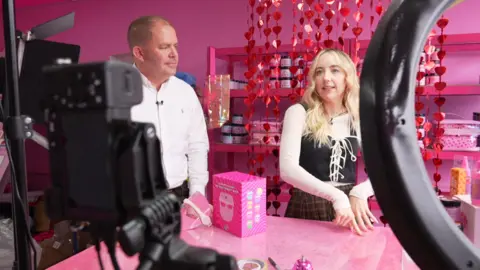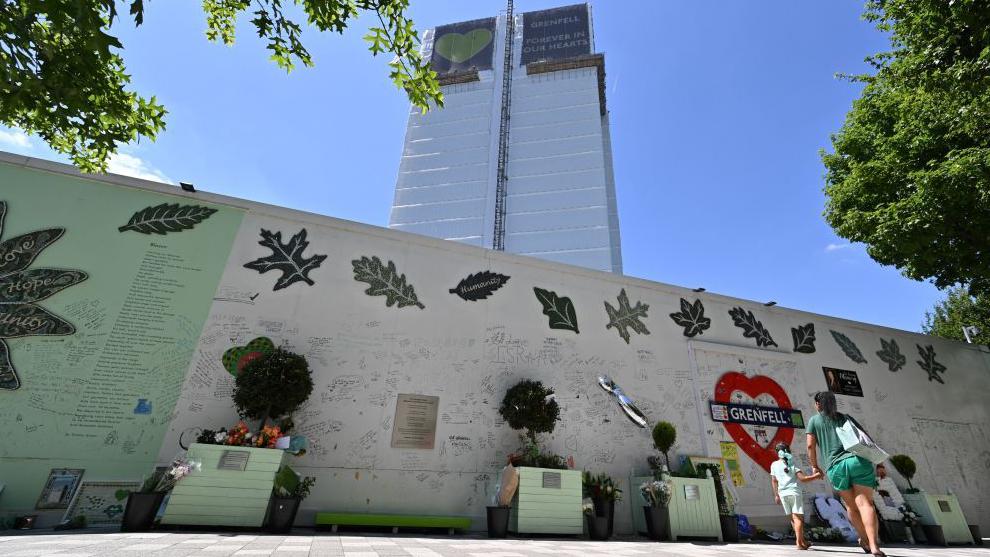Laura Mallows has become a success story for TikTok’s live shopping business, generating more income in an hour on the platform than she did in a full day at her physical store. The rapid growth of her beauty brand, Mallows Beauty, led her to close her flagship store in Cardiff, opting instead to sell body scrubs and skincare products through TikTok’s live shopping feature.
However, as her brand gained traction and secured retail space in major chains like Superdrug and Boots, she is now revisiting her dream of opening a physical shop once more. Selling on TikTok requires both a strong product and a charismatic presence to attract buyers who engage with live order packing sessions streamed in real time.
TikTok, which hosts more than 6,000 live shopping sessions daily, facilitates order fulfillment for sellers and provides resources such as training and guides for businesses looking to join the 200,000 small and medium enterprises already leveraging the platform. Mallows Beauty operates from a dedicated, visually appealing room in Llantrisant, South Wales, designed specifically for a TikTok audience.
“The progress has been wild,” Ms. Mallows said, noting how instantly customers provide feedback. “People will definitely tell me if they like something or not. It’s surreal to think we’re just working from a small office in Wales, yet our impact is global. It only really sinks in when someone in New York recognizes me and asks for a selfie.”
Despite the shift toward online shopping, the UK’s high streets saw a surprising 6.6% rise in footfall this January compared to the same period in 2024, according to the British Retail Consortium. This poses a challenge for entrepreneurs like Ms. Mallows, who have found massive success online but still see value in a physical retail presence.
While TikTok’s platform has fueled her growth, it comes with strict regulations. Sellers are prohibited from directing customers to external websites or other sales channels, and certain words are restricted. Violating these rules can lead to account suspension.
Industry experts predict 2025 will be the year of “smart shopping,” where retailers blend online and in-store experiences. “Retailers who integrate digital technology effectively will attract both online and high street shoppers,” said Sara Jones, the Welsh spokesperson for the British Retail Consortium.
Entrepreneurs like Shoned Owen, who sells the Tanya Whitebits fake tan line, are also capitalizing on TikTok Shop. “It has doubled our sales,” she said. “People are craving live content, and I knew I had to jump on this trend.”
While live selling has transformed her business, Ms. Owen emphasized the importance of understanding TikTok’s rules. “You can’t use certain keywords, direct people to external sites, or engage in restricted behaviors like vaping or nudity,” she explained. She still sells through high street retailers but is now looking to recruit staff to support her growing online business.
“My long-term plan is to create local job opportunities,” she added. “To work in the TikTok shop and host live sessions, employees will need to be local.”
TikTok describes its live shopping feature as an extension of traditional retail. “Live shopping allows businesses to create human connections and build communities in ways no other platform can,” said Jan Wilk, head of TikTok Shop. He added that trending products on TikTok often drive sales in physical stores, creating a “halo effect” that benefits the high street.
As digital shopping evolves, businesses are learning to balance online success with brick-and-mortar presence. Whether through TikTok Shop or traditional retail, the future of shopping appears to be a fusion of both worlds.




